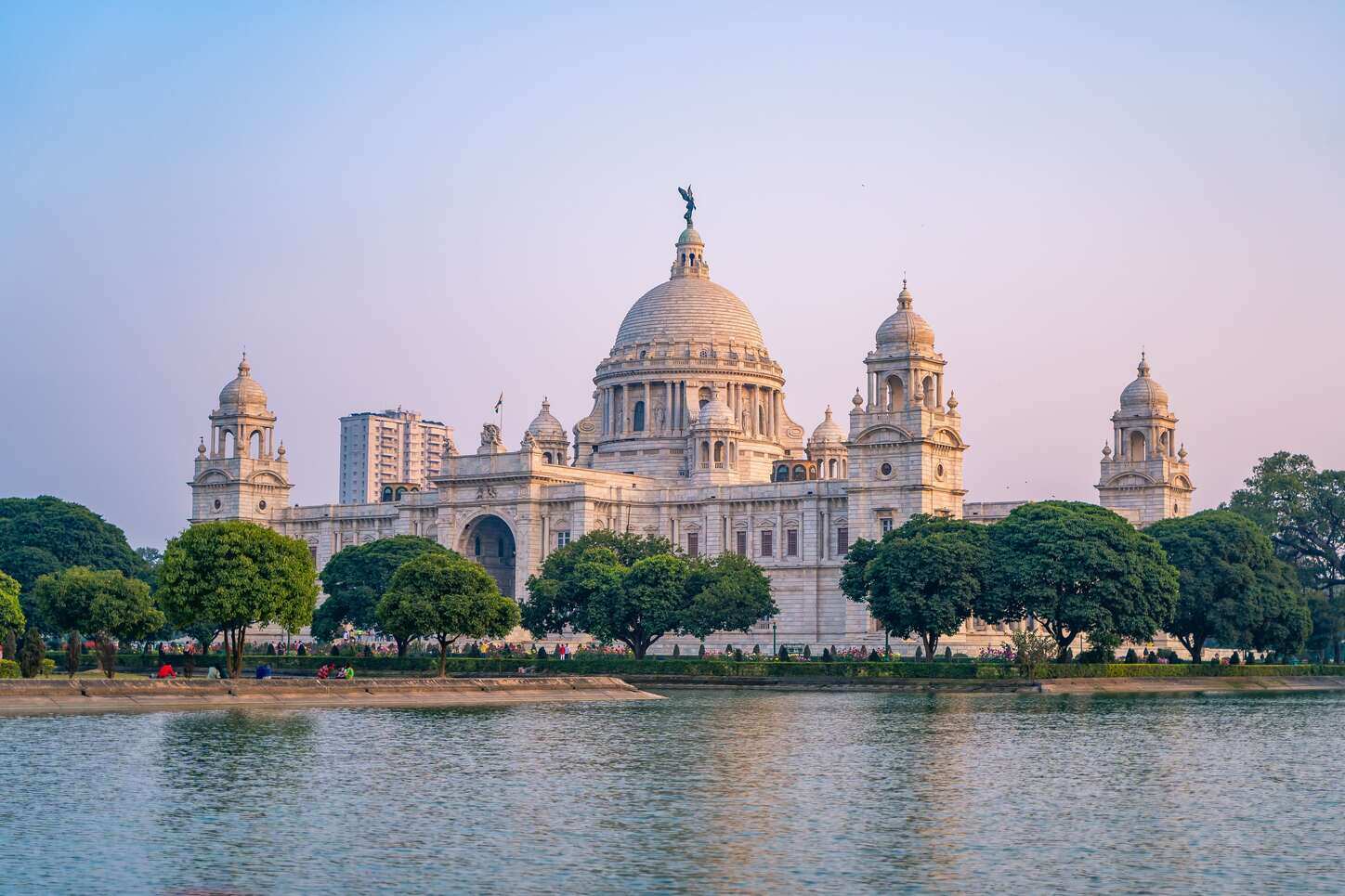Listen to the article

Kolkata is one of India’s largest urban areas, and like many rapidly developing cities, it faces significant challenges from rising temperatures and worsening air quality. With average summer temperatures exceeding 40°C and heatwaves becoming more frequent, the impacts of climate change pose significant risks to public health.
An ENVI-met simulation study, conducted by architect Gursharan Randhawa, highlights the tangible benefits of nature-based interventions in mitigating urban heat stress. The results show that implementing green corridors, cool roofs and permeable surfaces across two Kolkata neighborhoods — Salt Lake and Howrah — can reduce local temperatures by up to 6°C, with the potential to lower temperatures by as much as 8°C under optimized conditions.
Assessing the challenge: Urban heat islands and extreme heat stress
The research focused on two different neighborhoods. Salt Lake, a newer, planned development, benefits from several green spaces and wider streets. In contrast, Howrah, a dense urban settlement, experiences intense heat buildup due to its narrow roads and limited greenery.

Simulations for both neighborhoods were conducted in late May — Kolkata’s hottest month — when daily temperatures regularly exceed 40°C. The goal was to model heat stress under current conditions and assess the cooling potential of low-carbon, green interventions.
The most concerning finding was that in Howrah, certain areas reached a temperature of 46°C during the day, with no substantial relief in the evening. In comparison, Salt Lake’s green pockets provided a cooling effect but were still insufficient to mitigate heat stress entirely.
How nature-based interventions reduce urban heat stress by 4°C-8°C
ENVI-met from One Click LCA was chosen to simulate the urban microclimate, including building materials, solar exposure, vegetation, and wind patterns. Its versatility and range of analysis capabilities made ENVI-met an ideal choice for evaluating the practical impact of these strategies on microclimate conditions. Several nature-based solutions were explored, finding that increasing green cover, aligning green corridors with wind flow, and incorporating cool roofs and permeable shading were the most effective.In Salt Lake, these interventions achieved a temperature reduction of 4°C-6°C, with the green corridors having the largest impact. By dividing larger parks into smaller, linear parks aligned with wind flow, thermal comfort in open spaces was dramatically improved. Schools and community areas particularly benefited, with temperatures dropping from 36°C to a more manageable 30-32°C during peak afternoon hours.
A hypothetical scenario for Salt Lake explored the impact of more evenly distributed green parks and pockets. Under this condition, temperatures could be reduced by as much as 8°C, demonstrating the potential for greater thermal comfort with optimized green spaces.

Howrah, with its dense layout and limited open space, showed a 2°C-4°C reduction when green pockets were added. Although still under high heat stress, the introduction of permeable surfaces and green facades demonstrated the potential to further mitigate heat, particularly in the most heat-affected areas.


Urban heat stress solutions differ by neighborhood layout
This study highlights the importance of thoughtful green space design in urban areas. Kolkata’s unplanned neighborhoods, such as Howrah, experience extreme heat stress, even with some mitigating interventions. Planned neighborhoods like Salt Lake perform better, but peripheral areas with less green space still experience challenges. The differences between Howrah and Salt Lake also underline the need for tailored solutions depending on the urban fabric.
A clear path to urban climate resilience
For developers, construction firms, and urban planners, these findings show that integrating nature-based solutions — such as green corridors, permeable surfaces, and cool roofs — into urban development can reduce energy demand, enhance resilience, and improve livability.
ENVI-met’s advanced microclimate simulations offer the tools needed to design resilient, climate-adapted urban spaces. These data-driven insights enable more effective decision-making, allowing projects to address the growing challenges of rising temperatures and urban heat stress.
Carbon Experts Newsletter
Industry news & insights — straight to your inbox
Want to learn more?
Roberta Belanova • Sep 23 2024
Roberta Belanova • Oct 21 2024
Asha Ramachandran • Aug 27 2025
Aileen Carroll • Jul 03 2024
